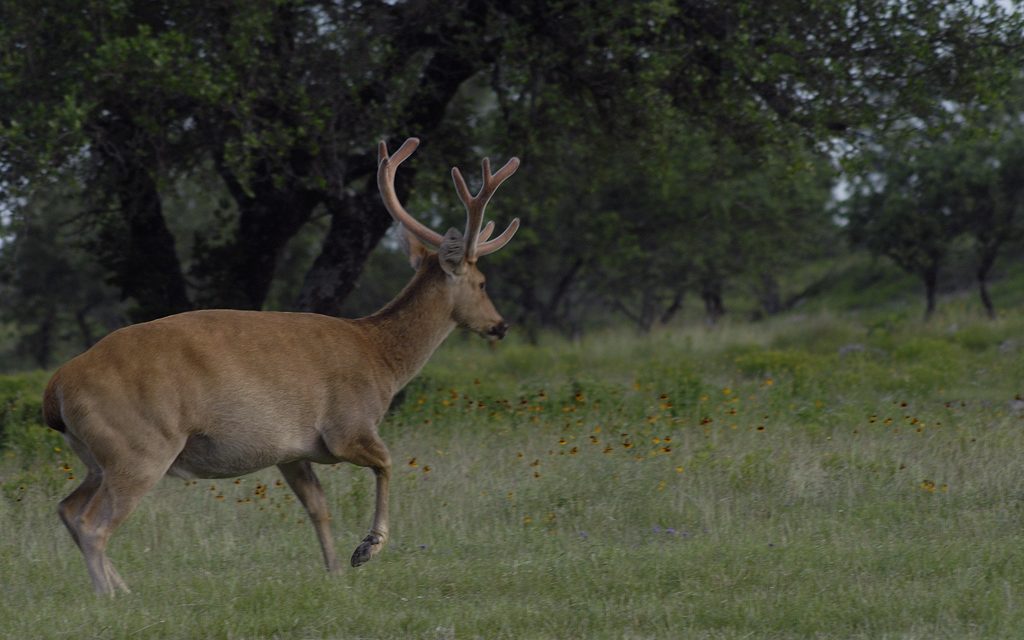by John Jefferson
In 2018, I crammed the entire deer forecast into one column. My mistake. Last year, I broke it into two parts, and it worked better. There are more deer in Texas and more to write about, so I’ll again take two weeks to cover it. This week’s column will include the Hill Country and West Texas; next week’s will cover the rest.
For an overall outlook, Texas white-tailed deer population has grown to an estimated 5.5 million deer from the previous estimate of four million! Improved survey practices combined with Nature have increased the total.
I’m also running these columns a little early since many hunters utilize Labor Day weekend to work on stands and feeders and shoot the breeze with other hunters. This should give them something more to talk about.
STATEWIDE, good rains fell at the right time ((April, May, June) to spur vegetation growth needed for antler development, according to a report by Alan Cain, the able Texas Parks and Wildlife Whitetail Deer Program Leader. The deer population continues to grow. Hunters could see more bucks in the 6.5 to 8.5 – year age classes due to previously high fawn crops in their birth years. For new readers/hunters, those older age deer generally grow the largest antlers. In 2019, hunters harvested 846,330 deer (54% bucks; 46% antlerless).
The HILL COUNTRY (properly known as the EDWARDS PLATEAU), is situated generally from I-35 west to near the Pecos River and north of I-10 and Hwy. 90, to an undefined, jagged line from near Lampasas to near Brady, has the most whitetails in Texas — nearly 2.37 million. The area surrounding Llano and Mason probably have the densest concentration of deer in America. The populations in western areas of the region are down due to an anthrax outbreak last year, but lower populations could result in healthier deer this season. Hunter success for the Hill Country is quite high at about 76%. The region also hosts the most hunters each year. Cain expects more bucks in the 4.5 – 7.5 age classes this fall due to large fawn crops in earlier years. He also says older age bucks can be expected in the area from Hondo to Del Rio north of Highway 90, from Del Rio to Junction, and back to Hondo. Cain has above average expectations for this area.
The EASTERN and WESTERN ROLLING PLAINS regions have lower deer populations, but high-quality bucks. Some of the largest antlered bucks have come from here each year. Deer densities are lower due to sparse rainfall. Conditions are dry again this season. But projected age classes of 4.5 – 5.5 and 7.5 year-old bucks are high in both regions. Last season, harvest of 3.5 and older bucks in the western plains was 85%. The long-term average is 70%. In the eastern plains, it was 79% of the harvest in those ages, while the average is 63%. Cain says if you’re seeking a mature buck, consider this region.
These rich areas provide memorable hunting of quality whitetails.
JJ





